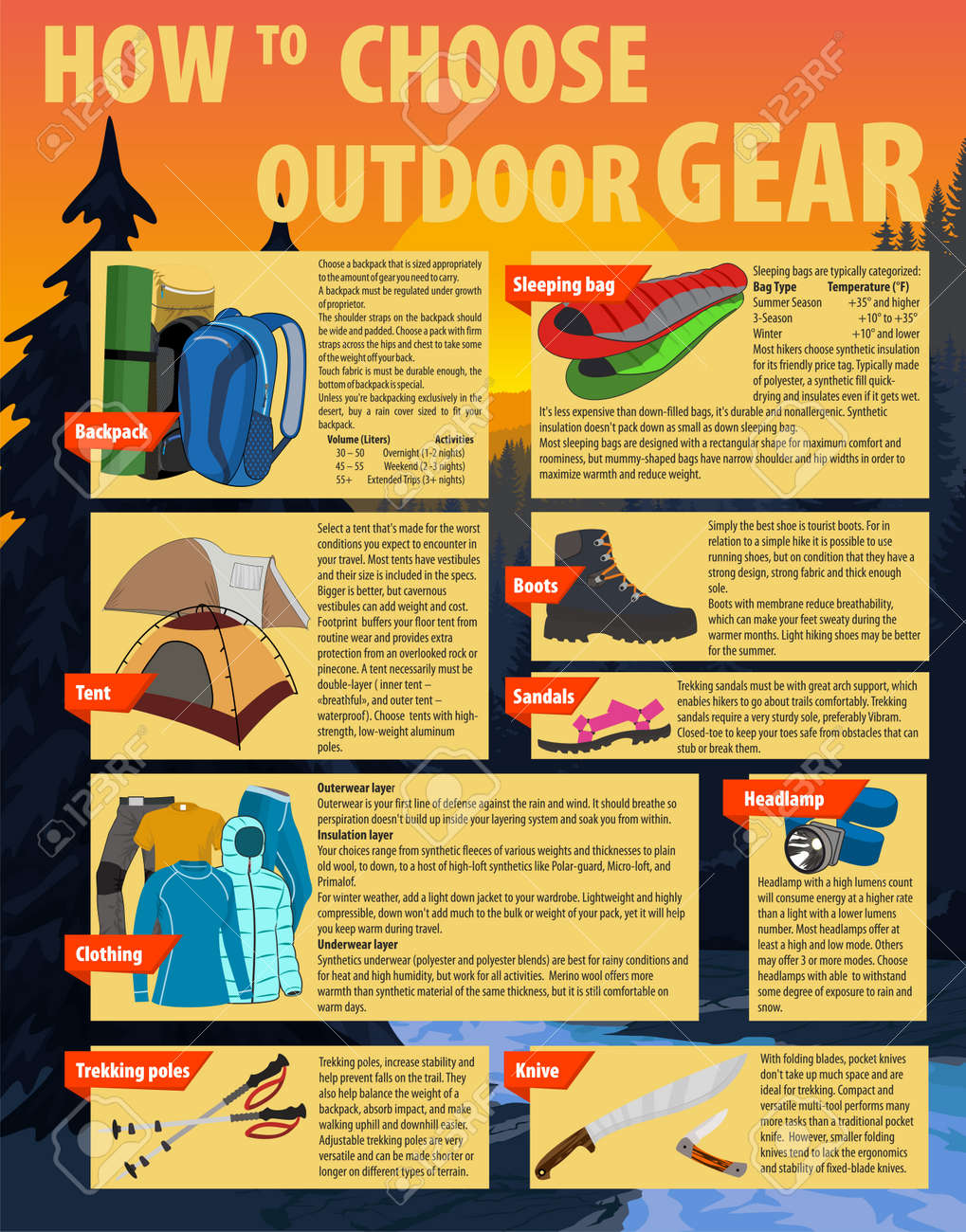Guide To A Successful Online Camping Tents Product Sales
Guide To A Successful Online Camping Tents Product Sales
Blog Article
How Essential Are Camping Tent Footprints/Ground Cover?
Outdoor tents impacts are an excellent way to safeguard your tent floor from abrasions and extend its practical life. Almost all equipment manufacturers supply their own brand-specific impacts that are designed to match their specific outdoor tents versions.
Do wall tents have floors?
This tailored strategy offers ease of configuration and lessens the threat of rain seeping in through the seams.
What are they?
Camping tent impacts (additionally called tent ground sheets or under camping tent pads) supply a layer of defense in between the base of your tent and the outside setting. They shield your tent from sharp objects, moisture, and abrasive surface areas.
The majority of tent producers provide their very own well-known impacts made to fit flawlessly with their designated shelter models. However, these are usually pricey and reasonably hefty contrasted to do it yourself alternatives like Polycryo or Tyvek.
Footprints are usually made from durable, water resistant products such as polyurethane, nylon or silnylon. For ultralight backpackers looking for to reduce pack weight, there are additionally lightweight, high-strength choices made from Cuben Fiber (Dyneema). It is essential to select an impact that's somewhat smaller sized than your outdoor tents to prevent rain from dripping down the sides of your shelter and channeling below you while you sleep-- nobody intends to wake up in a pool! An impact is a beneficial enhancement to any type of outdoor camping journey. It helps guarantee a long life expectancy for your outdoor tents while including convenience and satisfaction.
Just how essential are they?
Camping tent footprints secure the base of your outdoor tents from abrasion and moisture, aiding to extend its life-span. They're typically made from water-proof and dirt-resistant products like polyethylene or a lightweight oxford polyester, though the denier of the material will differ (the higher the denier number, the thicker and burlier).
Most impacts are made to precisely match the shape of your tent's flooring, which assists decrease product waste. Numerous have grommets or loopholes whereby you can weave guylines for tension and stakes, ensuring that the impact is securely held back.
If you camp in harsh terrain or areas where there's a lot of downed branches and sharp rocks, a camping tent footprint is well worth the included weight and mass. However if you often camp in dry, sandy or rough conditions, a footprint might be overkill. A tarp is a better choice in that instance.
Do you normally pack one?
If you're camping on a very flat surface area where rocks and sticks aren't a concern, an outdoor tents footprint possibly isn't needed. If you are in the backcountry with a lot of rough surface, a footprint can make life much easier.
Impacts are generally sized a little smaller than the base of the tent. That's since a bigger impact would certainly capture rainfall and funnel it under the camping tent, where you might get up in a puddle.
Nonetheless, impacts can be pricey and hefty if you acquire one from the manufacturer of your tent (the Big Agnes Tiger Wall UL 2 footprint, for example, costs $70 and evaluates six ounces). You can conserve cash and weight by making your very own DIY footprint by reducing an item of Tyvek or various other water resistant material to the precise dimensions of your shelter. You can also add grommets for easy accessory. The primary benefit of a footprint is that it aids to shield the floor tent drawing of your backpacking tent from abrasive components such as rocks and branches.
Just how do you maintain them clean up?
A manufacturer's impact can include substantial weight to your shelter system and if you're an ultralight backpacker trying to save every ounce, it may not deserve it. Because of this, many backpackers will certainly use a do it yourself groundsheet that's made out of something like Tyvek or Polycryo and cut it to dimension for their outdoor tents impact.
This option is fairly low-cost and will certainly shield your tent from moisture, rocks, thorns, sticks, etc, while likewise aiding to maintain all-time low of your tent dry.
If you do choose to acquire an impact, make sure it's designed especially for your particular tent as this will certainly help reduce water merging around the sides of your shelter. As an example, if your camping tent footprint is also huge and extends past the edge of your rainfly, it will gather rainfall which can leak into lighter-weight camping tents and possibly wear down the floor. Make certain it fits your outdoor tents rather well to avoid this.
How do you clean a canvas teepee?
